| Optical Utility Meter LED Pulse Sensor attached to meter via removable sticky pad |
We have just taken delivery of a batch of custom made Optical Utility Meter LED Pulse Sensor units. We're very excited about these new sensors, they will enable the emonPi and emonTx to interface directly with Utility Meters measuring exactly the amount of energy being measured by the utility meter.
The Optical Pulse Sensor works by sensing the LED pulse output from utility meters. Each pulse corresponds to a certain amount of energy passing through the meter. The amount of energy each pulse corresponds to depends on the meter. By counting these pulses the meters KWh value can be calculated.
Unlike clip-on CT based monitoring pulse counting is measuring exactly what the utility meter is measuring i.e. what you get billed for. The pulse counting cannot provide an instantaneous power reading like CT based can. Where possible we recommend using pulse counting in conjunction with CT monitoring. The emonPi and emonTx can simultaneously perform pulse counting and CT based monitoring.
In the future we plan to look at how the pulse counting energy value can be used to calibrate the CT based power calculations.
The Optical Pulse sensor will work plug-and-play with emonPi / emonTx connecting via RJ45 socket, older units will require a firmware update. See documentation page for update instructions.
Optical Pulse Sensor Documentation Page
Optical Pulse Sensor is now available to purchase from the OpenEnergyMonitor online shop
If you have backed us on Kickstarter or have purchased an emonPi from us as a thank you for your support we would like to offer you 20% off the Optical Pulse Sensor, use code PYN5031978E9T at checkout (valid until 1st July 2015).
| Pulse sensor installed & connected to emonPi via RJ45 |
Green LED on sensor flashes in sync with LED pulse
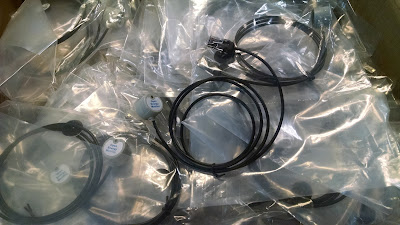 |
| Big box of pulse sensors arrived today! :-) |



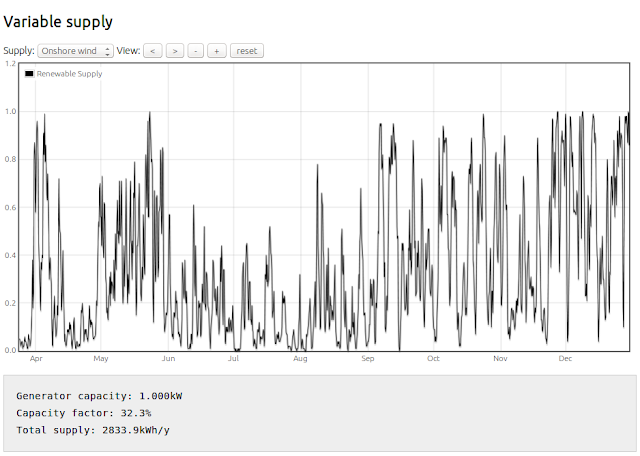



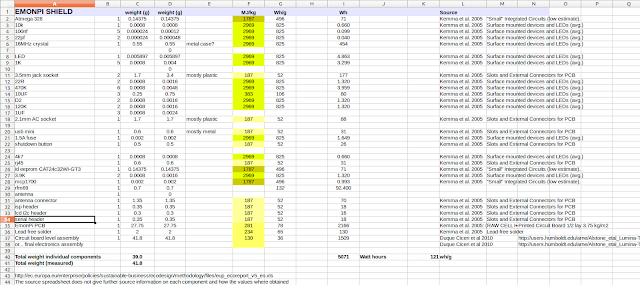

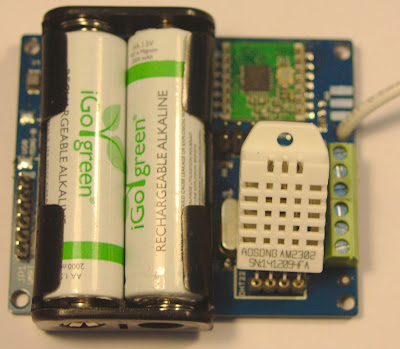
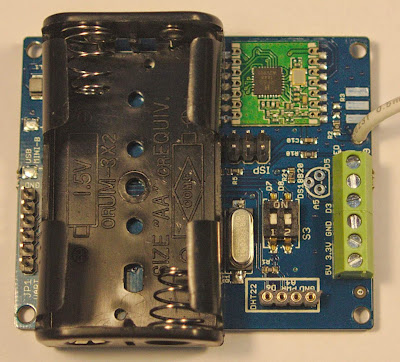
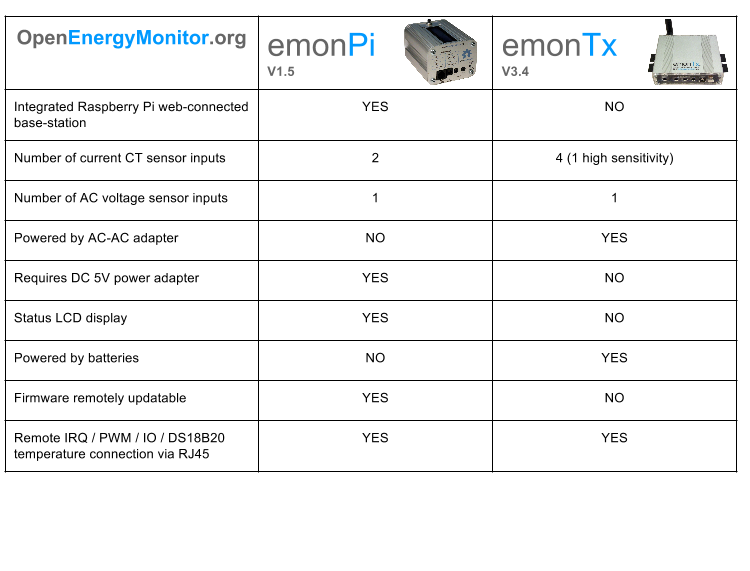.png)
